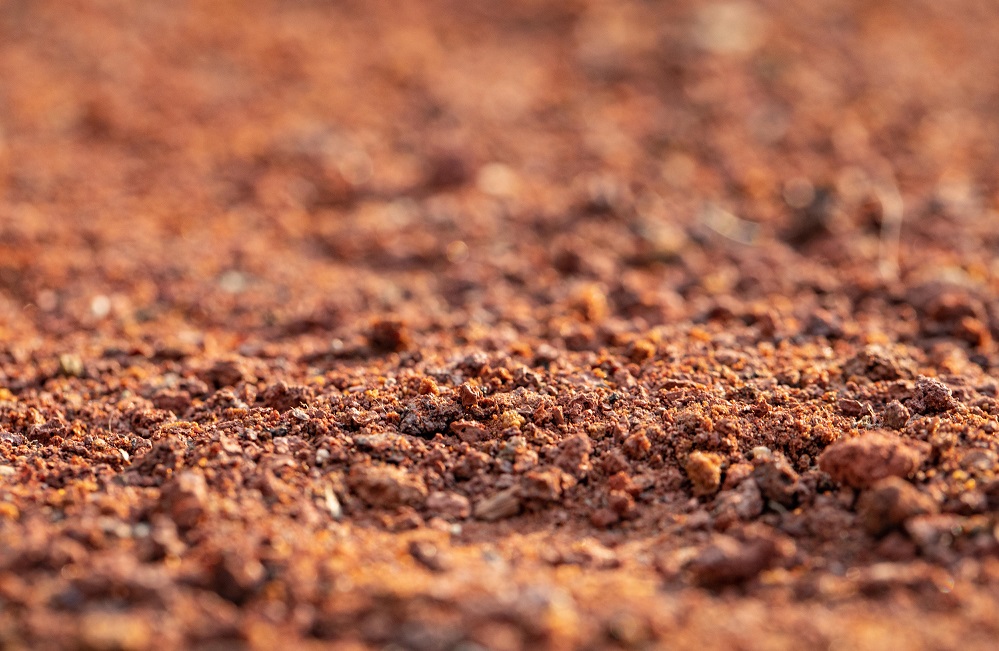
Zeolite is a natural mineral that is genuinely novel in the domain of rock tidies. It has no inalienable supplement esteem like numerous other stone cleans, for example, carbonatite frigid stone residue contain, the two of which, similar to zeolite, were framed a huge number of years back through volcanic action. Zeolite was shaped When the glass part of volcanic debris interacted with a basic water source, it framed Zeolite. This affected the structure of the mineral Clinoptilolite contained inside this debris, giving it an inside permeable, grid-like structure. This structure has an extraordinarily expanded surface zone, much the same as charcoal. It is this equivalent cross-section like structure in the charcoal that gives one of the advantages of biochar, its expanded surface region. Be that as it may, it isn’t just this expanded surface zone alone that gives the noteworthy advantage to the soil that Zeolite can convey.
Zeolite has one other interesting angle, in that it holds a negative charge. There are not very many minerals in nature’s domain that convey a negative charge. It is the negative charge that permits Zeolite to ‘take hold of’ and hold emphatically charged particles or cations, for example, calcium, magnesium, potassium, nitrogen-rich ammonium and other follow components. On the off chance that these cations can’t be held in the dirt, at that point the downpour water will promptly filter these significant supplements through the dirt, which at that point advance into our conduits.
At the point when you consider the blend of the uncommon negative charge that a few Zeolites convey and consolidate this with the essentially expanded surface territory that its permeable mineral structure contains, you can perceive any reason why Zeolite is a significant soil alteration. This expanded capacity to clutch cations implies that Zeolite has a hello CEC, or cation trade limit. Zeolite goes about as a wipe in the dirt for these significant supplements and turns into a moderate discharge supplement repository. As they travel through the dirt particles, the plant rootlets are promptly ready to break the bonds that held these supplements on the outside of the Zeolite particles and bring them into their phone structures.

Zeolite isn’t a speck of dirt, and therefore remains very steady in the dirt. This implies it won’t breakdown or deteriorate, giving long haul advantages and soil quality enhancements. A similar structure that accommodates an expanded surface region is likewise ready to trap dampness in the dirt and its solid fine activity clutches this too, yet permitting the dirt to stay free depleting. This implies Zeolite goes about as a wetting specialist in the dirt and as a merchant of water. This by itself assists with dispersing supplements all the more equally through the dirt.
Utilizing Zeolite will cut compost and water costs by holding the supplements and water in the root zone until the plant is prepared to use them. Subsequently requiring less compost and water to be applied. This advances great stewardship of the land by lessening contamination welcomed on by composts draining to the groundwater or running off into surface water sources. Zeolites, when utilized appropriately, can yield some great outcomes with respect to quicker germination times, quicker development rates, bigger plants, crop yields and diminished compost and water applications.
Lessens water prerequisites during the water system as zeolite holds dampness in the development zone.
Zeolite has a high CEC that empowers a more noteworthy stacking of plant supplements, for example, nitrogen and micronutrients. The supplements are held in the development zone and are plant open yet not water-dissolvable. Lessens nitrogen compost necessities as a huge bit of nitrogen manures drain through the development zone and into the spring. Zeolite will hold nitrogen and forestall the contamination of the water table by nitrates and nitrites. Zeolite forestalls compaction, builds penetration, and helps the air circulation of profound root frameworks because of its high surface territory and porosity. Zeolite is 100% common for natural activities and when treated the soil with excrement, it turns into a characteristic preparing framework.
